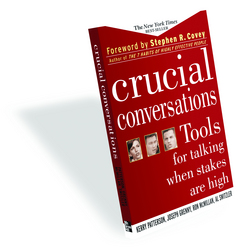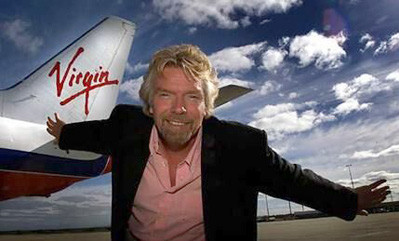How To Be Happy During Challenging Times
When I was in Istanbul, Turkey back in September, I heard Harvard lecturer and Good Think CEO Shawn Achor give his presentation focusing on research around happiness. This was fascinating, filled with humor, and centered on the power of happiness can spread and lead to more productive workers. Sharing this now seems very appropriate, given that half the voters out there are not very happy about the outcome of the election. I myself feel like capitalism has been pushed aside in favor of a bigger, more controlling government. I believe economic growth and jobs come from entrepreneurs, and big government only gets in their way, so this doesn’t motivate me to do a happy dance. So how can we all increase our happiness during challenging times?
Shawn has written a book called “The Happiness Advantage,” and it explains that our problems with happiness come from our thinking that we will be happy when we get to a certain outcome or level of success. Therefore, any victories or accomplishments get pushed down the road and delay happiness. The problem is that when we get there, the level of success is reset and increased. This leaves us with a feeling of not ever getting to that happy place, so what are we to do?
You can also click here to watch the video.
Our brains work better when we are positive and function less efficiently when we are neutral or negative. We also have increased intelligence and creativity when we are positive. As empathic beings, when we share a smile it is contagious the same way a frown or depression can be.
How do we become happier, and what can we do to increase happiness among those around us? Shawn shared 6 key areas on simple ways to change your happiness:
- Gratitude – write five things that you are grateful for each morning. This refocuses your brain and opens up your awareness to look for the happy things in life.
- Journaling – spend three minutes each day for thirty days writing about a positive experience. This has been shown to decrease doctor visits by 50%. You become more social, and your immune system improves.
- Simplifying vs Multitasking – do one thing at a time. This is what we are built to do. Multitasking increases stress, which eats away at every organ in our body.
- Utilizing Strengths – discover and focus on your strengths. This gives you high levels of energy and productivity with low levels of success.
- Exercising – work out. This is as powerful an antidepressant as the pills, and it releases dopamine in the brain, which cause positive and uplifting feelings.
- Meditation – relax and just watch your breath go in and out. It changes the way your brain structures itself and changes its electrical impulses. This allows a more balanced and positive feeling.
Shawn also discussed the activation energy that you use to get an activity to really kick in and become a habit. He wanted to play the guitar more but found that having to go into the closet and get it out deterred him. He reduced his activation energy (initial investment of energy necessary to accomplish a task) by placing the guitar in the middle of room. He then played for 28 out of 30 days.
What activity do you want to do to be happier? How are you going to reduce your activation energy and get it done?








